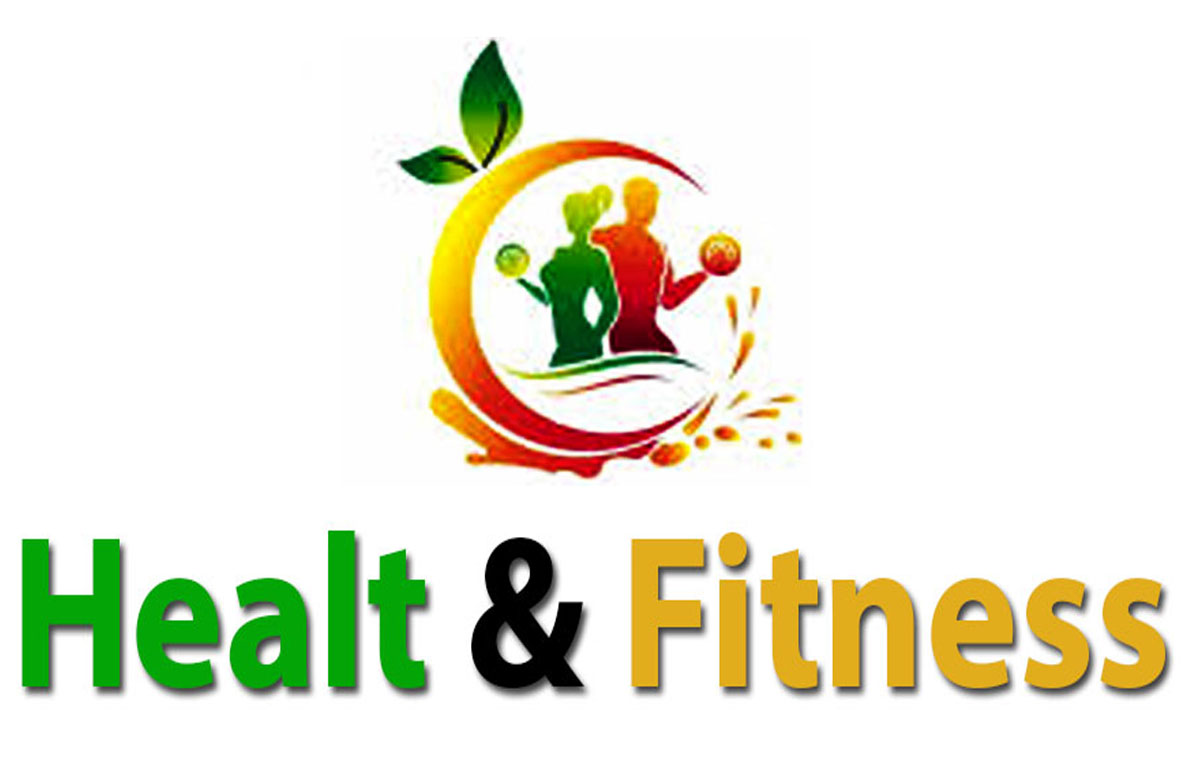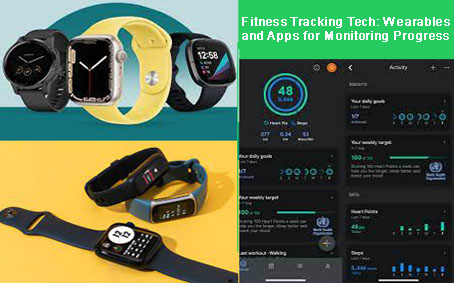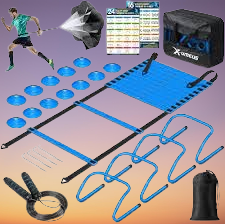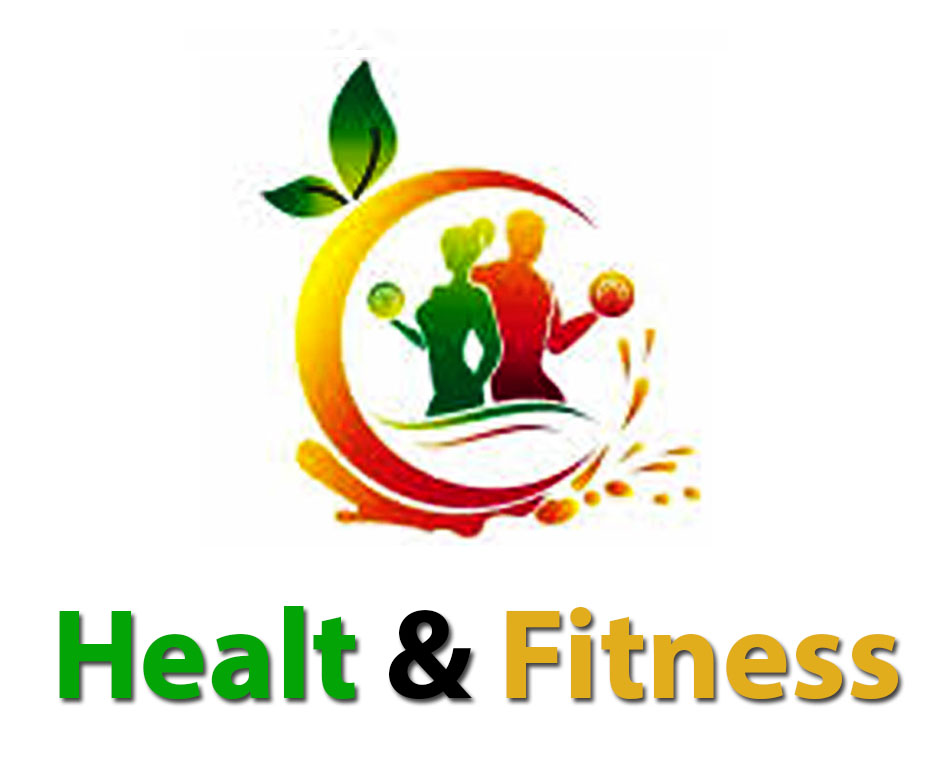Flexibility Focus: Equipment and stretches for improved range of motion
Please Watch the Flexibility Focus video: Click here![]()
Improving flexibility not only enhances athletic performance but also contributes to overall well-being. Understanding the importance of flexibility and employing the right equipment and stretches can significantly increase your range of motion (ROM) and reduce the risk of injury.
The importance of flexibility
Flexibility is the foundation of functional movement. It determines our ability to move freely through a certain range of joints and muscles. Increased flexibility eases tension in the muscles, promotes proper posture, and enhances athletic performance.
Understanding range of motion (ROM)
ROM refers to the range of motion a joint or group of joints can achieve without injury. It is very important for daily activities and physical fitness.
Tools to increase flexibility
A. Foam roller:
A foam roller is a cylindrical tool usually made of foam or hard plastic. It is used in self-myofascial release, a type of self-massage that targets muscle tension and trigger points.
Please Watch the Flexibility Focus video: Click here![]()
Benefits:
1. Muscle release: It helps release tension in muscles by applying pressure.
2. Improved Blood Flow: Spinning increases blood circulation, aiding in muscle recovery.
3. Increased flexibility: Regular use can increase flexibility and range of motion.
Usage:
1. Technique: Position the body part you want to target on the foam roller and gently roll back and forth, focusing on tight or sore areas.
2. Target areas: back, calves, hamstrings, and quadriceps.
B. Resistance band:
These elastic bands come in different strengths and lengths, offering resistance during exercise and stretching.
Please Watch the Flexibility Focus video: Click here![]()
Benefits:
1. Variable Resistance: Bands provide different levels of resistance for different exercises.
2. Versatility: These exercises can be used for strength training, stretches, and rehabilitation.
3. Portable: Simple to use and transport anywhere.
Usage:
1. Stretching: Use bands to stretch by adding resistance, helping with deeper stretches.
2. Strength Training: Incorporate bands into exercises like squats, rows, and bicep curls to make workouts more intense.
C. Message Ball: Massage balls are small, dense balls used to target specific trigger points or knots in muscles.
Please Watch the Flexibility Focus video: Click here![]()
Benefits:
1. Targeted relief: They target specific areas of tension or discomfort.
2. Improved circulation: Using massage balls can increase blood flow to tight muscles.
3. Small and lightweight: Simple to use and move.
Usage:
1. Technique: Apply pressure while leaning against a wall or lying on the floor with the ball under the target muscle.
2. Target Areas: Shoulders, legs, neck, and additional minor muscle groups.
D. Yoga Strap: A yoga strap is a flexible band, usually made of cotton or nylon, that is used to stretch and improve flexibility.
Please Watch the Flexibility Focus video: Click here![]()
Benefits:
1. Assisted Stretching: Assists in deep stretching by extending the reach.
2. Improved Alignment: Yoga poses or stretches allow for better alignment.
3. Accessible: This can be used by beginners to achieve more challenging stretches.
Usage:
1. Technique: Wrap the strap around the leg or body part and pull gently to deepen the stretch.
2. Focus Areas: Hamstrings, Shoulders, and Back.
Incorporating these tools into your flexibility routine can significantly increase your range of motion, improve muscle flexibility, and aid in overall physical fitness.
Dynamic vs. Static Stretching
Dynamic stretching involves continuous movement patterns that simulate activities, whereas static stretching involves holding the stretch for a set period of time. Both have their role in increasing flexibility.
Stretches for Improved Flexibility:
Best practices for improving flexibility
1. Frequency and consistency in practice
Regular practice is the key to improvement. Aim for consistent sessions throughout the week for effective results.
2. Proper warm-up and cool-down routines
A proper warm-up primes the muscles for stretching, and a cool-down routine helps prevent muscle soreness after stretching.
Tips for improving flexibility:
1. Consistency: Try to stretch three to four times a week at the very least.
2. Warm-up: Always warm up before stretching to avoid injury.
3. Hold and inhale: While holding the stretch for 15 to 30 seconds, take deep breaths.
4. Progress slowly: To prevent overstretching, push gently and be mindful of your body's limitations.
Remember, gaining flexibility takes time, so be patient and consistent in your efforts. Consulting a fitness professional or physiotherapist can personalize a routine to suit your body's needs.
Listen to your body
Understanding your body's limits and avoiding overstretching is important to prevent injury during flexibility exercises.
Desk-bound solution for office workers
Even during business hours, short desk stretches and breaks can help reduce the negative effects of prolonged sitting and encourage flexibility.
Incorporating flexibility into workouts and sports
Integrating stretching routines into workout regimens and sporting activities increases performance and reduces the risk of injury.
Flexibility is an important component of overall fitness and well-being. Employing different equipment and stretching techniques consistently in practice can significantly increase the range of motion, improve performance, and prevent injuries.
FAQs
1. How often should I stretch to improve flexibility?
Regular stretching sessions, at least 3-4 times a week, can lead to noticeable improvements in flexibility.
2. Can I use resistance bands every day for stretching?
While resistance bands can be used daily, it's essential to listen to your body and allow for adequate rest between intense stretching sessions.
3. Are there specific stretches for desk-bound individuals?
Yes, simple stretches targeting the neck, shoulders, back, and legs can be performed at your desk to counteract the effects of prolonged sitting.
4. Is it necessary to warm up before stretching?
Yes, warming up before stretching helps prepare the muscles for the stretching routine, reducing the risk of injury.
5. Can stretching improve athletic performance?
Regular stretching can improve flexibility, which in turn can enhance athletic performance by improving range of motion and reducing the risk of injuries.




.jpeg)
.jpeg)

.jpeg)







